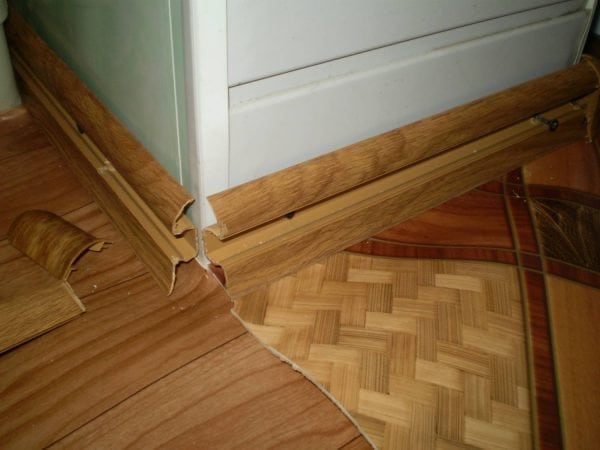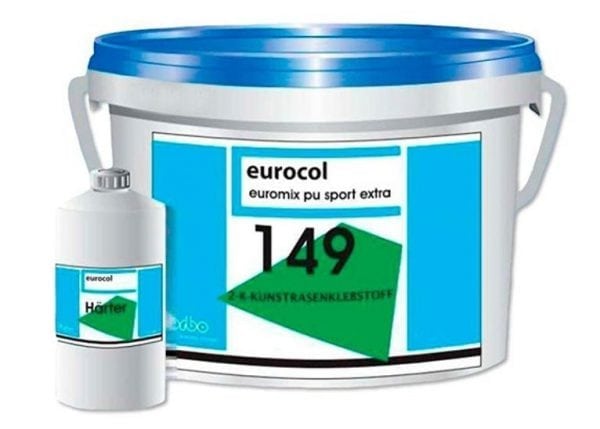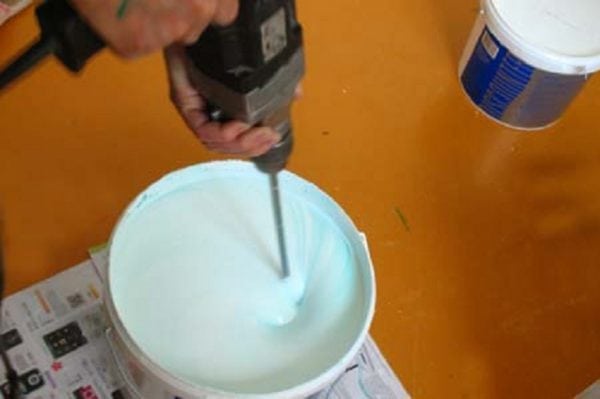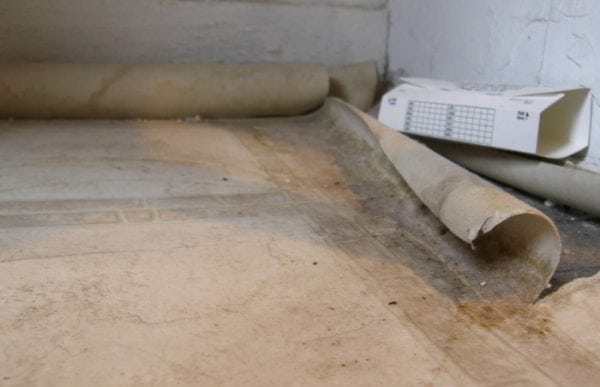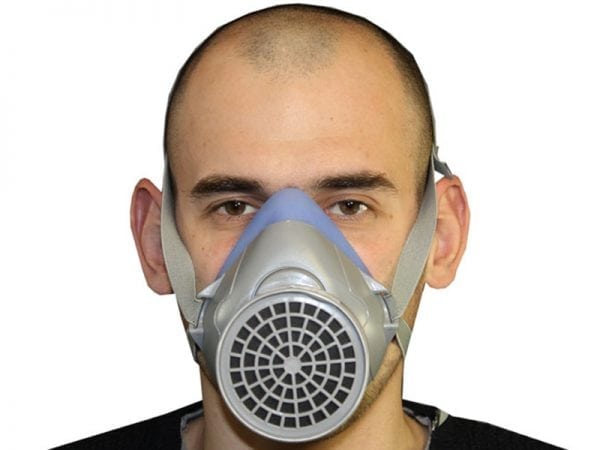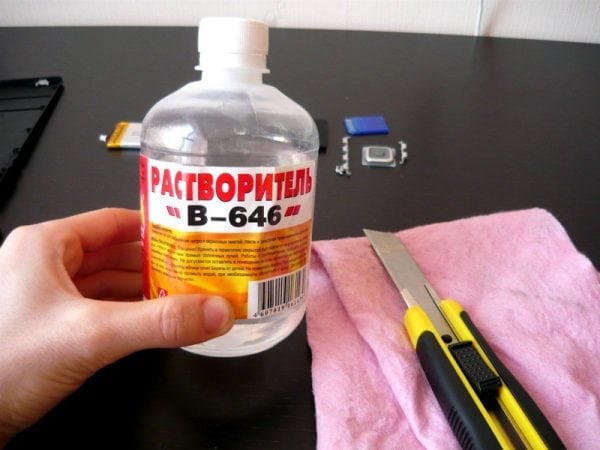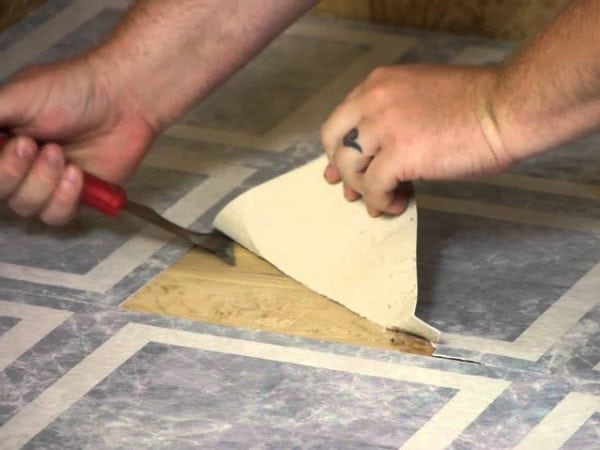Floor repair can be done with an “accelerated option”. In some cases, it is allowed to lay linoleum on an old flooring, without removing it. In this installation technique, there are a number of features, limitations, it is not always possible to apply it. Sometimes you have to think about how to remove the old linoleum glued to the floor. There are different methods for removing coverage, you can choose the appropriate one.
- The ability to lay linoleum on top of the old
- Bonding linoleum to an old coating
- Other coating attachment options
- Removing old linoleum
- Errors when removing linoleum
- Dismantling tools
- The process of removing old flooring
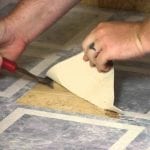
The ability to lay linoleum on top of the old
Professionals are unlikely to stick the flooring without carefully removing the previous one. The masters during the repair prefer to clean the floor, walls to the base and only then carry out a new finish. But at home, the question of whether it is possible to glue linoleum on linoleum is often resolved positively. This technique has several advantages:
- the presence of a base that does not need to be leveled, to close seams, cracks, pits;
- short preparation, the ability to reduce the total time;
- profitability - no need to spend money on leveling mixtures;
- creation of high-quality insulation - old material will play the role of a warm substrate.
However, gluing the coating to the old one can sometimes be difficult. It is important to assess the condition of the former flooring, screed under it. If it has fungus, mold, it is better to immediately remove the old coating layer until putrefactive processes have switched to it.
You can’t put a new layer if the previous one has swellings, large cracks - they will eventually begin to appear on the surface, spoil the view. The downside is the presence of a thick pad of felt on the old flooring. The second layer will make the floor very soft, the legs of the furniture will easily push it through.
Experts believe that it is possible to glue a decrepit coating with a fresh one without removal if a number of conditions are met:
- a whole sheet is laid, not individual strips, pieces;
- no strong differences in height (more than 2 mm);
- no defects - waves, potholes, sharp sections, protruding zones;
- the base is quite rigid;
- there is no strong dustiness of the substrate, its rotting, dirt on the seams;
- the temperature in the room is above 16-18 degrees, the humidity of the air and the old canvas are within normal limits.
The new material should be as thick as possible, with a solid base, but with a perfectly even coating available, anyone will do.
to contents ↑Bonding linoleum to an old coating
How and how exactly can you stick a new linoleum, if you do not clean the old? First you need to purchase the material itself and glue. There are two types of them:
- dispersion;
- reactionary.
The first have a water base, they can be used even in a children's room due to environmental friendliness, safety. They give a strong, flexible layer, securely fastening two coatings. The cost of adhesives is low (from 150 rubles / liter), which is a significant plus. They can not be used only where high humidity is possible - detachment is possible.
The most high-quality dispersion adhesives are acrylates, they will hold together any type of coating. Bustilate is used for felt materials, humilax - for natural homogeneous linoleums.
Reaction glues, or cold welding, are more often used for gluing joints. They create a reliable seam that will not stand out from the general background. Tools have a convenient nozzle that allows you to glue even hard to reach places. There are also reaction adhesives in banks for gluing the entire coating (polyurethane, epoxy), but due to toxicity it is not recommended to use them at home.
The process of preparing for gluing linoleum is as follows:
- remove furniture and equipment from the room, if possible, completely empty the room;
- remove the sills, trims, corners, baseboards;
- thoroughly clean and dry the canvas;
- prepare glue, a sharp knife, putty knife, double-sided construction tape, gloves, a large heavy roller (rolling pin).
If there are seams on the old linoleum, they must first be repaired. The edge of each canvas is bent, strips of masking tape are glued on top - it will limit the spread of glue. The junction is smeared with cold welding, after half an hour the tape is removed. After an hour, the remainder of the glue is cut off so that the seam is perfectly even.
Then you can start cutting new material. Unroll the roll, cut along the perimeter, leaving a margin of 3-5 cm (for error). Sticking cloths with joints is not recommended, this will degrade the quality of the finished coating. The flooring is left for a day in the place of the future location, so that it is aged.
Linoleum will stick to the old material like this:
- the piece that has taken the necessary shape is finally adjusted in size, cutting off on each side;
- bend the half, grease it with glue - make an even layer with a notched trowel;
- the roll is rolled across the floor;
- remove excess air from under the coating by rolling with a roller, rolling pin.
If you still had to fasten two strips of the coating, after the glue has completely dried, the seams are closed in the same way as described above. For work, reaction glue is used.
to contents ↑
Other coating attachment options
If the old linoleum is uneven, has many defects, there is an option to lay the leveling layer with further gluing of the new coating. Usually, thick plywood, OSB is used for this. It must be remembered that the rise of the floor will be significant, and correlate the advantages and disadvantages of this installation method.
An alternative method is also fastening the fresh coating to the old with homemade adhesives. Here are some recipes:
- Oil and chalk mastic. Take 4.7 kg of ground chalk, 3.6 kg of drying oil, 1.7 kg of Portland cement. Mix everything, stand for a day.
- Casein mastic. Soak 18 parts of casein glue (dry) in warm water, stir until a homogeneous mass is obtained. Add more water (36 parts total), leave for half an hour. Then add 18 parts of natural drying oil, introduce in small portions 36 parts of limestone flour.
- Lacquer mastic. Mix 60 parts of finely ground chalk and 40 parts of oil-resin varnish. This glue should be used within 6 hours after mixing.
Removing old linoleum
When the old coating does not meet the mandatory requirements - torn, dirty, with mold or plenty of dust - it will have to be removed. If linoleum lies freely, without the use of glue, it is not necessary to tear it off - it easily rolls into a roll. Tips for removing the removed base are as follows:
- use a vacuum cleaner with a high-quality filter, do not use a brush - so the dust will fly around the room;
- do not try to clean the floor with emery, drill with a drill, break off - if there are asbestos particles in the linoleum, quartz, the damage to the body will be serious;
- be sure to use a washing solution, not trying to tear the coating dry, this is especially true for the felt layer;
- strip strips, pieces to be sealed in a durable bag, after which all the waste should be taken to a landfill for construction waste;
- work with the old coating is carried out in a well-ventilated area, always with a respirator and gloves.
The cleaning solution is prepared as follows: 100 g of household detergent (for kitchen, floor, etc.) is added per liter of water. It is poured into a spray bottle to make it convenient.Also, as a preparation for work, you need to walk the floor with a vacuum cleaner until it is moistened with a solution.
to contents ↑Errors when removing linoleum
The attempt to tear off the material in a dry form is wrong - as already mentioned, this can cause health problems, because asbestos dust leads to oncology. Therefore, any action that causes the appearance of dust is prohibited. Allergy sufferers are not allowed to dismantle the old canvas at all, only if it lay on the floor for no more than 2-3 years. The same rules apply to asthmatics, to people suffering from other chronic diseases of the lungs, bronchi.
to contents ↑Dismantling tools
To tear off the old layer from concrete, a different type of coating, you need to prepare tools and consumables in advance:
- respirator, gloves;
- sharp knife;
- scraper with a rigid, durable blade;
- ready-made detergent solution;
- bags;
- spray.
The process of removing old flooring
After cleaning the room with a vacuum cleaner, you can begin to dismantle the coating. First you need to make parallel cuts along the top of the linoleum after 10-20 cm from each other. In this case, the knife must penetrate ½ of the thickness of the reservoir, without passing through the concrete floor. Next, you need to work together:
- the first worker raises the strip from the far corner of the room, it will come off with or without a substrate;
- the second worker sprinkles copiously with the solution in the area of the incision and detachment so that the dust does not spread around the room;
- no more than 3 strips of linoleum are removed in one go, soaking the felt well with water;
- it is better to wind the torn strips, rolling them into rolls and immediately packaging, after filling the bag it is sealed;
- step on the lining should not be, as well as walking in work shoes on a clean room.
To remove the remnants of felt, it is even better to saturate the substrate with a solution, wait 3-5 minutes, then apply wet scraping. It is carried out after removing three coating bands. When exposing a dry area, the felt is again wetted with water. The removed material is also packed in bags and cleaned from the premises. At the end of the work, the cleaned area is vacuumed with a washing vacuum cleaner or washed manually with water. After continue to work until the entire floor is freed from the coating.
If there are residues of the adhesive mixture on the floor, they will have to be removed with a special solvent. This is especially true for bitumen mastics, which cannot be washed off with water. It is necessary to clarify in the store whether the solvent will corrode the floor (wooden coatings) and whether it will harm the new glue for linoleum. In the presence of a sandblasting unit it is not a bad idea to use it - jets of coarse sand will quickly remove glue residue.
Also, a problem may arise if the old canvas is glued to the concrete screed. In this case, with a sharp knife, cut the material into pieces of 10x10 cm. One is picked up with a scraper, while soaking the substrate. If it comes off poorly, you can use acetone or an electric scraper, but in the latter case you will have to spend extra. In difficult situations, it is recommended to invite specialists who will carry out dismantling efficiently and quickly, which will make it possible to get a new flooring.

